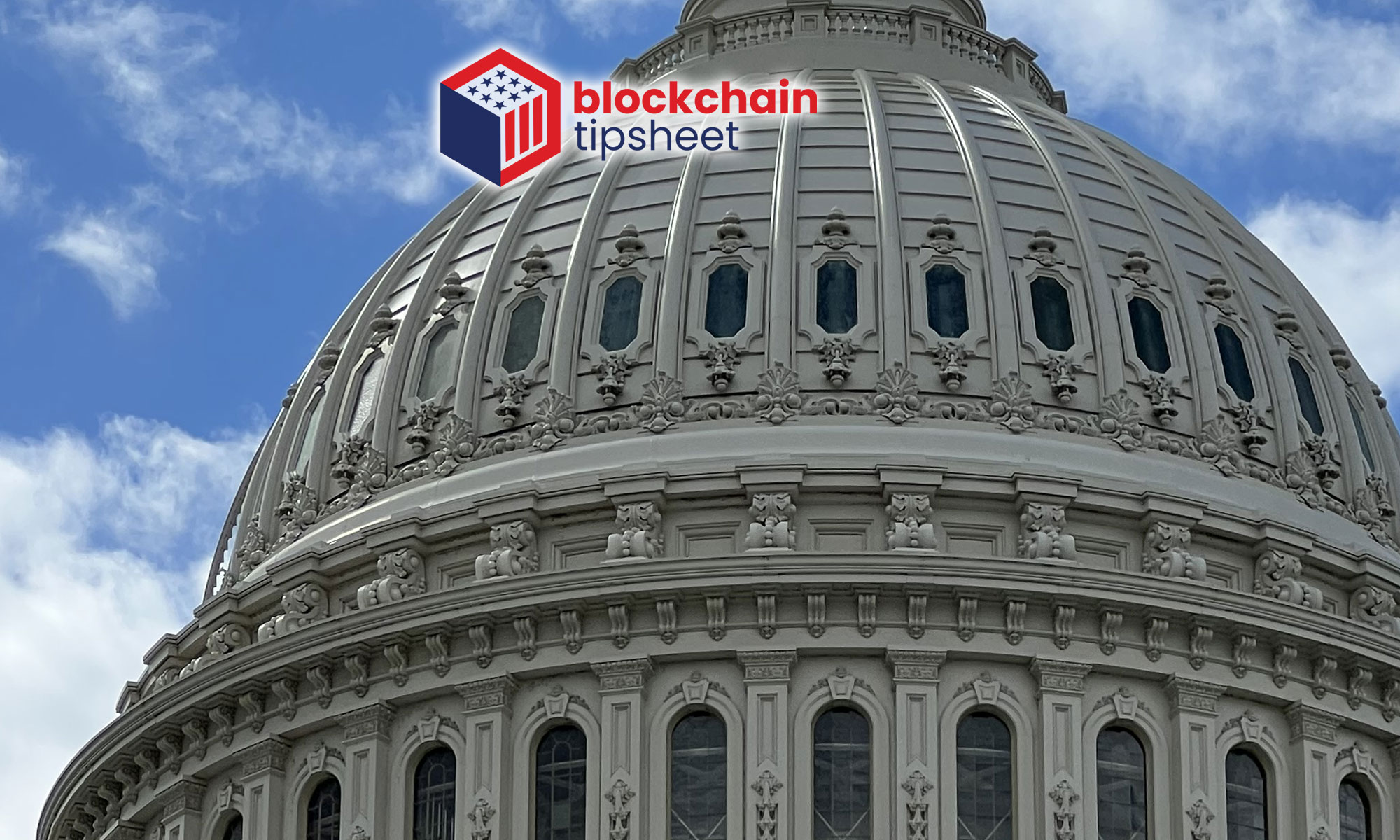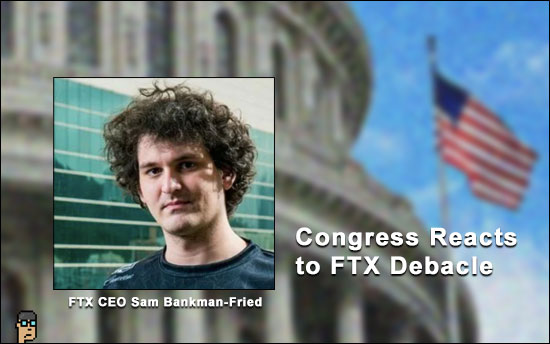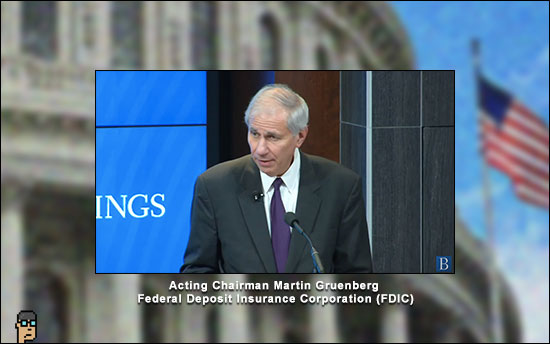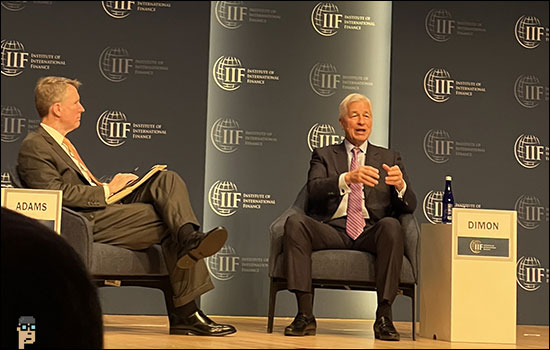Yesterday, Binance, the largest global cryptocurrency exchange, acquired FTX’s global exchange after its founder and CEO Sam Bankman-Fried appeared to have knowingly parked unbacked, illiquid assets on a sister company’s balance sheet – the stuff regulators warn about – which brought FTX to near-insolvency.
As a result, Bankman-Fried did the only thing he could which was to sell FTX to his competitor.
It’s not a good look for crypto and its legislative champions. On the other hand, if you’re rooting for new regulation, this may be what forces Congress’ hand. Guardrails are needed ASAP if consumers are going to be protected and the industry is going to flourish.
The damage
Is the impact from this bigger than the Terra Luna stablecoin debacle in the Spring? Probably.
First, let’s review the “soft” impact…
Sam Bankman-Fried was arguably the most popular industry figure in Washington D.C., appearing multiple times in front of Congressional committees in spite of his global company’s Bahamian address. Now, his name and reputation have taken a devastating hit affecting relationships with the CFTC and Congress especially as it relates to the feedback he was providing on crypto derivatives changes and the Stabenow-Boozman Digital Consumer Commodity Protection Act (DCCPA) coming out of the Senate Ag committee.
Undoubtedly, SBF’s (as Sam Bankman-Fried is colloquially known) actions were damaging to the crypto industry itself which was already dealing with multiple scandals, hacks and “rugs” making DC power players wonder if crypto is a positive, world-changing innovation or just a fleeting ponzi scheme that allows SEC Chair Gary Gensler to say, “I told you so.”
Moreover, the financial damage wrought by the enormous blunder is still unknown. Are all customer funds safe? Maybe. Seems so. What about FTX’s billions in funds? Likely not. How about FTX’s investors? They’re definitely holding the bag.
One important qualifier in this mess is that FTX.us (the carve out within FTX which deals with US business) will remain independent from the Binance deal meaning Bankman-Fried is still in the game, so to speak – at least for now – until another shoe drops.
Continue reading “FTX Implosion May Be The Catalyst for Fast-Tracking Legislation”








